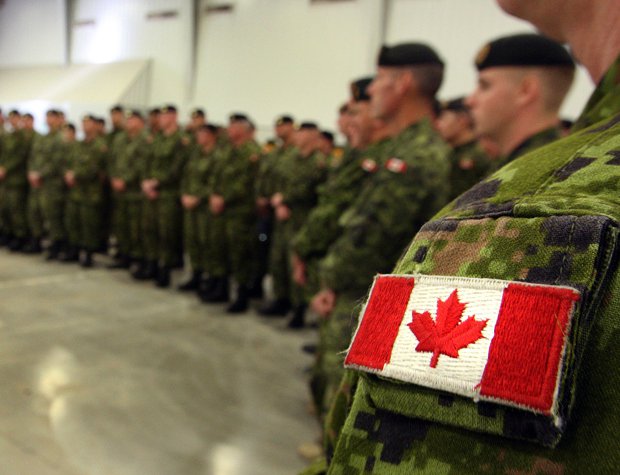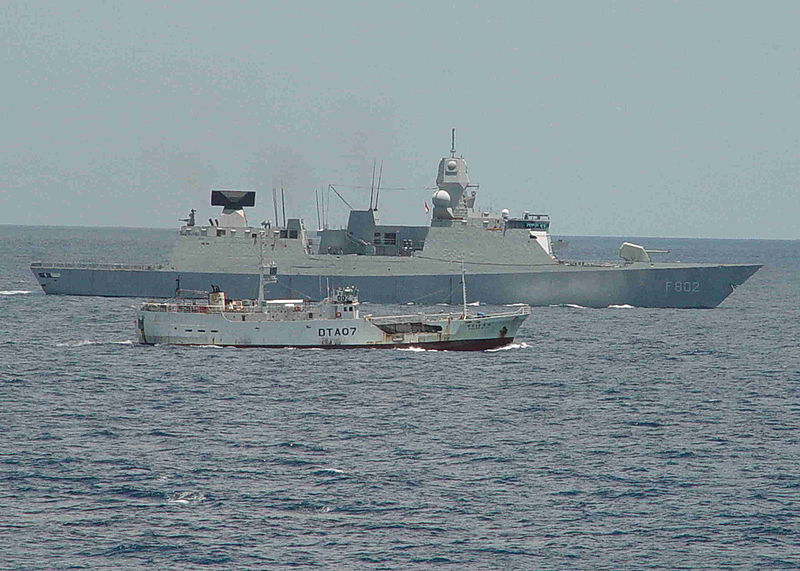Needless to say 2014 was an interesting year that brought a great deal of change within the Canadian defense sector. What follows is a synopsis of this past year in review.
The year began with Canada’s involvement in Afghanistan formally ending in early March. The mission concluded with a ceremonial removal of the Canadian flag from NATO headquarters in Kabul. This ended a 12-year commitment by the Canadian Armed Forces (CAF). It also represented a “12-year hay day” for the defense industry which profited heavily from the Canadian Department of Defence’s (DND) laundry list of new equipment issues and requirements that accompanied the decade long operation in Afghanistan. With Canada’s commitment coming to a close, the defense industry has naturally been affected as budgetary cuts have begun to be implemented.
The withdrawal from Afghanistan at the beginning of this year was coupled with the announcement of the Conservative government’s reclaiming $3.1 billion from the defense budget. These cuts to defense spending, which has been characteristic of defense policies across the Western developed world, have created a lack of demand in the traditional markets of defence companies. As a result, in order to support Canadian-based defense companies, the Canadian government has been looking to developing nations to replace the reduced demand from the Canadian government.

The downturn of Canada’s 2014 defense budget has also attracted increased attention from international players. During this summer’s NATO summit, Anders Fogh Rasmussen, NATO’s outgoing Secretary General urged member countries like Canada to boost their defense spending in order to properly combat rising issues.
NATO has asked that members pledge 2% of their GDP to defense spending. Although 2014 signaled the end of Canada’s involvement with the International Security Afghanistan Force (ISAF), Canadian forces were committed to two other budding global hotspots over the summer months. One of those hotspots is Eastern Europe which is once again made vulnerable to Russian aggression, as witnessed by the surprising Russian annexation of the Crimean Peninsula from Ukraine. Such actions by NATO’s traditional adversary have forced NATO, to rapidly increase its military posture in Eastern Europe so as to deter further Russian adventures. Canada, in accordance to its obligations as a NATO member, has committed military forces to a close-proximity force located predominantly in Poland. This has included CF-18s, the HMCS Regina and ground troops from Canada’s Princess Patricia’s Canadian Light Infantry and later, Royal Canadian Regiment.

Running parallel to Canada’s Eastern European commitment is Canadian participation in the US-led multinational response to the regional threat of ISIS. This commitment has seen the deployment of six CF-18s, a C-150 Polaris and two CP-140 surveillance aircrafts which have contributed to the U.S.-led bombing campaign in Iraq. This has spread the Royal Canadian Air Force (RCAF) too thin, taxing the arguably outdated air fleet.
Canada’s newest commitments have only served to apply more pressure on government officials to finally deliver on the procurement projects promised by the government. As early as 2010, Canada’s then-Defense Minister Peter McKay revealed Canada’s intentions of purchasing F-35 fighters from Lockheed Martin. However, four years later, nothing but confusion has resulted. Such confusion has been further aggravated in the latest rumours stemming from leaked Pentagon reports, in which U.S. officials indicated Canada’s intention of purchasing new jets this fiscal year despite Public Works Canada insisting a decision has yet to be reached on procuring replacement fighters.

In hopes of addressing these procurement gaps Public Works Canada released a new Defense Procurement Strategy (DPS) in early 2014. This strategy was developed upon three key objectives including delivering the right equipment in a timely manner, leveraging our purchases of defense equipment to create jobs and economic growth, and streamlining the defense procurement process. This falls in line with the Canada First Defense Strategy and will serve to close gaps and hopefully strengthen partnerships between government and industry in future years.
The Canadian Association of Defense and Security Industries (CADSI) has advocated for years that Canada needed a procurement strategy to improve outcomes for industry and the Canadian Armed Forces. To contribute to this potential future success Public Works has decided to release a Defense Acquisition Guide 2014 (DAG) in order to provide greater transparency on potential defense needs over the next 20 years. The DAG provides industry insight into future defense planning and projects to help them plan accordingly.
Overall 2014 has been a year of transition. Canada exited Afghanistan ending an era, both for the CAF and for defense industry leaders. Furthermore its participation in operations in Iraq and Poland, have solidified Canada’s commitment to joint-NATO missions while at the same time creating new procurement needs. To cap off the year Canada has put into effect its new procurement strategy and released a laundry list of its potential needs over the next 20 years. This new strategy has been hailed as a major step in strengthening government and industry relations. Thus a combination of ups and downs has positioned Canada for an eventful 2015 in defense.



